For many children, nature is out of reach. The European initiative Beyond Horizons brings together ten organizations from six countries to share inclusive methods and break down barriers to outdoor experiences for marginalized youth.
For some, getting out into nature is a given. But others are excluded from outdoor activities from an early age. How can we change that? The European project Beyond Horizons aims to provide answers.
In advertising, mountain biking often appears to be only for those who enjoy speed and big jumps. In reality, it’s an activity that can suit many more people—if the conditions are right. The Swedish organization Cykelfrämjandet has observed this through its work in making cycling accessible for children diagnosed with ADHD and autism.
“Many parents say their children have tried all sorts of activities before, often team sports. And that it hasn’t worked because the activities couldn’t be adapted. Meanwhile, cycling is very adaptable,” says Hugo Röjgård, who leads the project.
First and foremost: plan the ride’s length, speed, and difficulty based on the child’s needs and interest. Röjgård also explains that predictability and clarity have proven to be important. This might mean always meeting at the same place, having the same coach in the same clothes, and sticking to a set plan.
“These children need that kind of support, but it’s often lacking today,” he says.
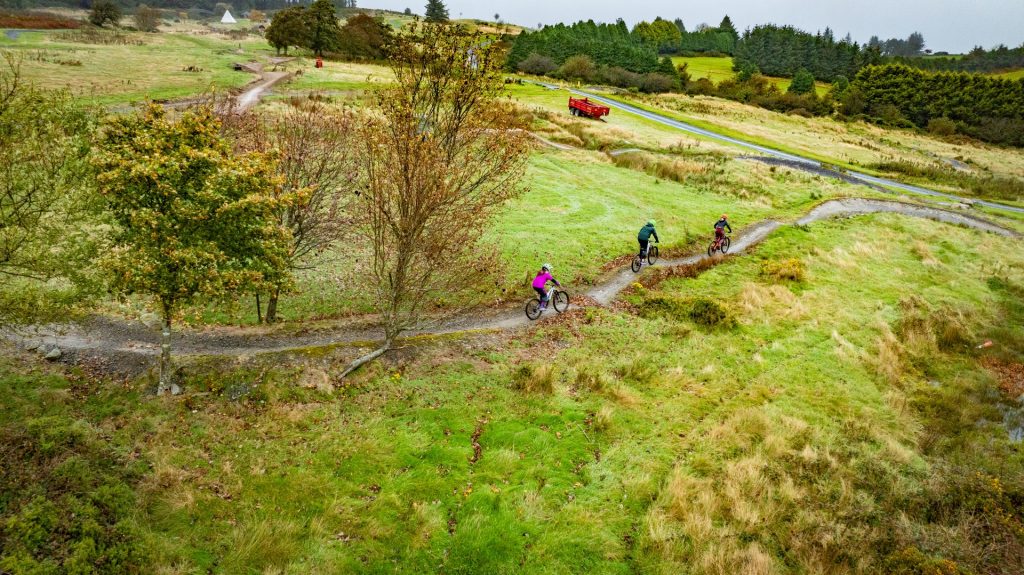
Several organizations within the project are working to make trail cycling more accessible to children and youth.
Ten organizations from six countries
A European collaboration is working to change this. Röjgård is Cykelfrämjandet’s representative in the Beyond Horizons project, which started in 2024. The project brings together ten organizations with a shared goal of making outdoor activities more accessible for children and youth, and to broaden the perception of who participates in these activities.
Last year, the participants travelled to Norway, France, and Ireland. The host country’s organization was responsible for the program, and during shared activities, everyone exchanged experiences.
“The project has been absolutely amazing. There are so many cool and effective examples that we want to share,” says Röjgård.
He shares a story about an outdoor coach they met in Ireland. Funded by the Irish justice system, the coach works with young men involved in crime. Through activities like bike rides and campfires, they access an environment where they can develop a new identity and self-image outside of crime.
“I was very moved by it. It’s such a simple solution to such complex problems,” says Röjgård.
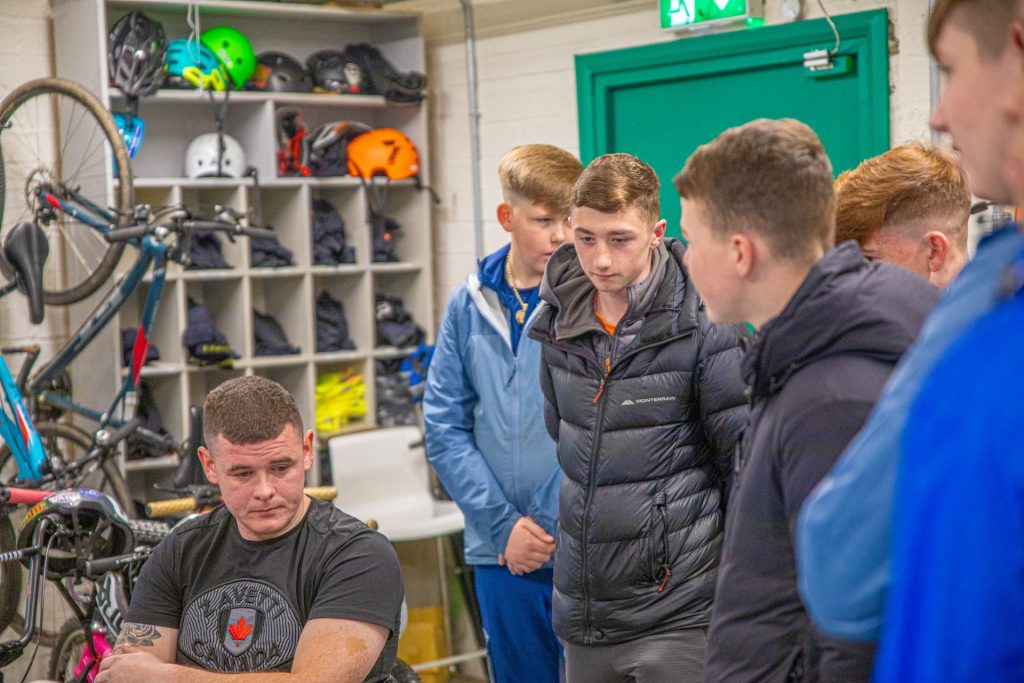
The Beyond Horizons project visited a group in Dublin working to engage new groups of youth in outdoor activities.
Collecting good practices
The participating organizations work in various ways to include children and youth in outdoor activities – children who are at risk of social and outdoor exclusion for various reasons. Gillian Roche, communications lead for Beyond Horizons, explains that the target group is intentionally broad.
“We don’t want to limit it to, for example, an immigrant background or low socioeconomic status. It can be any form of vulnerability.”
Solutions for broader inclusion involve everything from working methods and communication to equipment, Roche explains. She shares an example from their trip to Chamonix, France, where they tried using a joëlette. It’s a French invention – a portable chair with one wheel and long handles. With this equipment, local organizations can bring people with mobility challenges into natural areas that would otherwise be inaccessible.
Creating a toolbox
In Chamonix, the organization En Passant Par la Montagne also spoke about its work with children who, despite living close to the mountains, rarely or never visit them.
The next step in the project is to create a shared “toolbox” with concrete advice and tips from the participants on how to work with inclusion. The idea is for it to serve as guidance and inspiration.
“I hope Beyond Horizons helps more people feel comfortable working with new groups of children. And that it sparks a drive to introduce them to the outdoors and foster a love for it,” says Roche.
Even in the alpine hub of Chamonix, there are children and youth who seldom venture into the mountains—this project aims to inspire and support their discovery.
About Beyond Horizons
Today, there is a wealth of knowledge on how outdoor activities can be made more accessible for children and youth who feel excluded. Ten organizations from six countries are part of a European project to exchange and spread these learnings. The project is co-funded by the EU’s Erasmus+ program.
Photos: Beyond Horizons




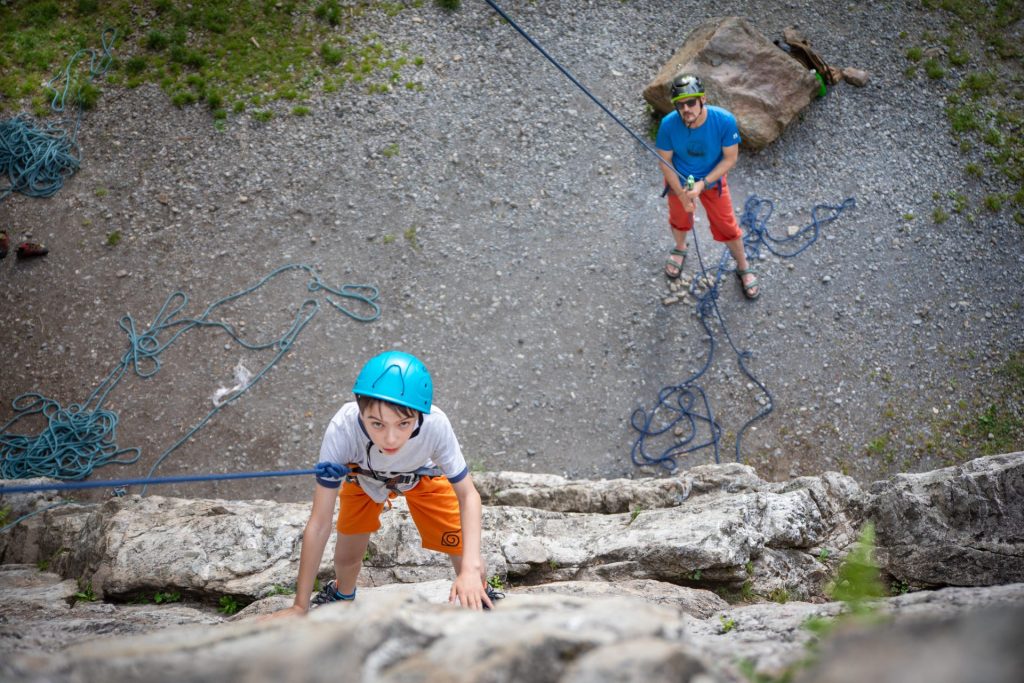
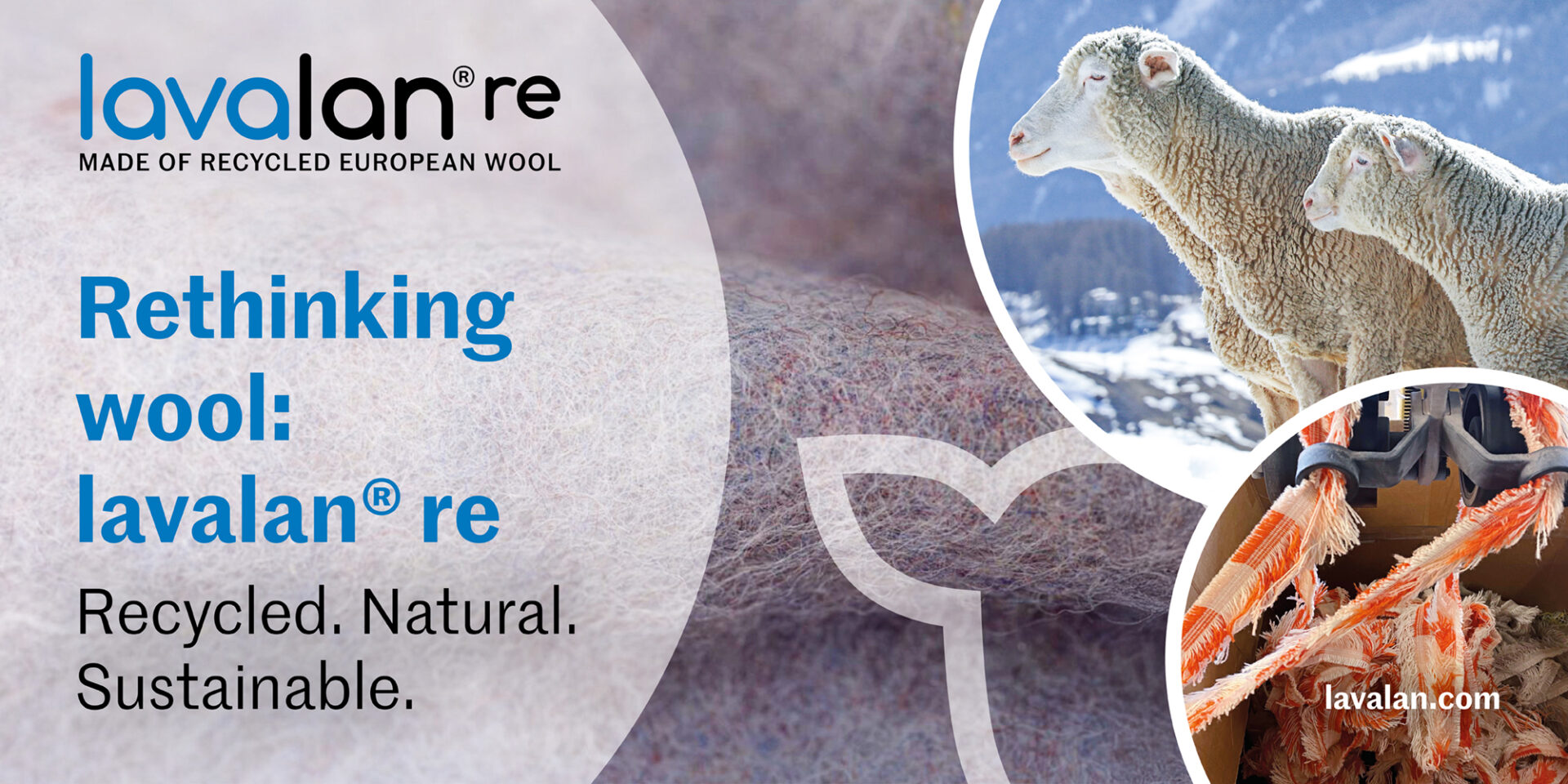
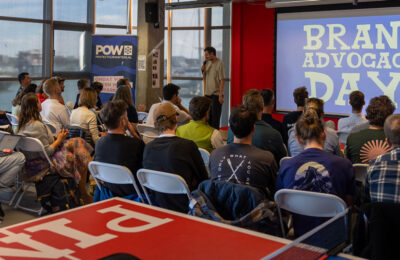
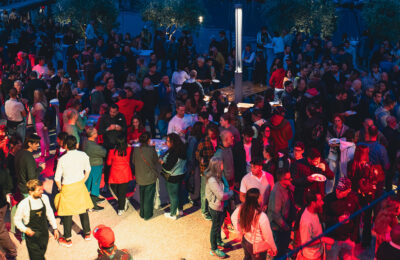








Sorry, the comment form is closed at this time.